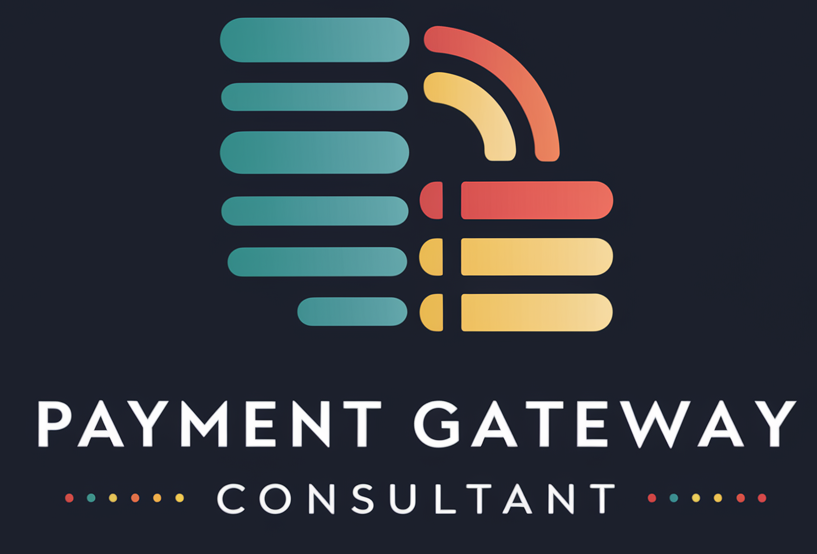Understanding the One-Time Social Security Payment
If you’ve recently received an unexpected lump-sum payment from Social Security, you may be wondering what it’s for and why you received it. One-time payments from Social Security are not uncommon and can happen for a variety of reasons. In this article, we’ll explore what these payments are, why you might receive one, and what you need to know about managing this extra income.
What is a One-Time Social Security Payment?
A one-time Social Security payment, also known as a lump-sum payment, is a single payment that covers multiple months or even years of benefits. This payment is separate from the regular monthly benefits you may already be receiving. Lump-sum payments are typically issued when there has been a delay in processing your application or when you are owed past benefits.
The amount of the one-time payment can vary greatly depending on your specific situation. Some people report receiving around $800, but the exact amount will depend on factors such as the type of benefit you are receiving and how long you were eligible for benefits before your application was approved.
Reasons for Receiving a One-Time Payment
There are several reasons why you might receive a one-time payment from Social Security. One common reason is back pay for Social Security Disability Insurance (SSDI). If you applied for disability benefits and your application was approved, you may be owed benefits from the time you became disabled until your application was processed.
Another reason for a lump-sum payment is if there was an error in calculating your benefits. If Social Security discovers that you were underpaid, they will issue a one-time payment to make up the difference. On the other hand, if you were overpaid, you may be required to pay back the excess amount.
Types of One-Time Payments from Social Security
Back Pay for SSDI
As mentioned earlier, one of the most common types of one-time payments from Social Security is back pay for SSDI. When you apply for disability benefits, Social Security will determine the date you became disabled, known as the “onset date.” If your application is approved, you may be entitled to benefits from that onset date forward.
However, there is typically a waiting period of several months between the onset date and when you can begin receiving benefits. During this time, your application is being processed. Once approved, you will receive a lump-sum payment for the benefits you were owed during the waiting period.
Special Payments After Retirement
Another type of one-time payment you may receive from Social Security is a special payment after retirement. This can include things like bonuses, commissions, or severance pay that you earned before retiring but received after your retirement date.
These special payments generally do not affect your Social Security benefits if they were earned before you started receiving benefits. However, if you continue working after claiming benefits, your earnings could affect the amount you receive each month.
Receiving Your One-Time Payment
Direct Deposit and Other Methods
If you are expecting a one-time payment from Social Security, you may be wondering how you will receive the money. In most cases, Social Security will deposit the payment directly into your bank account if you have set up direct deposit for your regular monthly benefits.
If you have not set up direct deposit, Social Security may mail you a check for the lump-sum amount. Be sure to keep an eye on your mail and contact Social Security if you do not receive the payment within a reasonable timeframe.
What to Expect in the Mail
In addition to the payment itself, you should also expect to receive a letter from Social Security explaining the reason for the payment and how it was calculated. This letter will provide important information about the payment, such as the time period it covers and any taxes that may have been withheld.
Be sure to carefully review the letter and keep it for your records. If you have any questions about the payment or the information in the letter, contact Social Security for assistance.
Tax Implications of One-Time Payments
Reporting Lump-Sum Payments on Your Tax Return
It’s important to understand that one-time payments from Social Security are generally considered taxable income. This means you will need to report the payment on your tax return and pay any taxes owed.
Social Security will send you a Form SSA-1099 at the end of the year, which will show the total amount of benefits you received during the year, including any lump-sum payments. You will need this form to complete your tax return.
Using Tax Software for Assistance
If you’re unsure how to report your one-time payment on your tax return, consider using tax preparation software like TurboTax. These programs can guide you through the process and help ensure you are correctly reporting your income and calculating any taxes owed.
It’s also a good idea to consult with a tax professional if you have complex tax situation or are unsure how the payment will affect your overall tax liability.
| Payment Type | Reason for Payment | Affects Monthly Benefits? |
|---|---|---|
| Back Pay for SSDI | Benefits owed from disability onset date to application approval | No |
| Special Payments After Retirement | Bonuses, commissions, severance pay earned before retirement | Generally no, if earned before claiming benefits |
| Underpayment Correction | Social Security error in calculating benefits | Yes, future payments adjusted to correct amount |
Earnings Limits and Social Security Benefits
Understanding Earnings Limits
If you are receiving Social Security benefits and still working, it’s important to understand how your earnings can affect your benefits. Social Security sets earnings limits each year, and if you exceed these limits, your benefits may be reduced.
For 2024, the earnings limit is $22,320 if you are under full retirement age. If you earn more than this amount, Social Security will deduct $1 from your benefits for every $2 you earn over the limit.
How Earnings Affect Your Benefits
In the year you reach full retirement age, the earnings limit increases to $59,520, and the reduction changes to $1 for every $3 earned over the limit. Once you reach full retirement age, there is no limit on how much you can earn without affecting your benefits.
- If you are under full retirement age and exceed the earnings limit, your benefits will be reduced.
- The reduction is $1 for every $2 earned over $22,320 in 2024.
- In the year you reach full retirement age, the limit increases to $59,520 and the reduction changes to $1 for every $3 earned over the limit.
- Once you reach full retirement age, there is no limit on earnings.
Accessing Information and Support
Using Online Services at SSA.gov
If you have questions about your one-time payment or any other aspect of your Social Security benefits, the Social Security Administration’s website, SSA.gov, is a great resource. The site offers a variety of online services, including:
- Checking your benefit status
- Changing your address or direct deposit information
- Requesting a replacement Social Security card
- Applying for benefits
- Estimating your future benefits
You can also use the site to find answers to frequently asked questions and learn more about how Social Security works.
Community Support and Forums
In addition to official resources like SSA.gov, there are also many online communities and forums where you can connect with others who are navigating the Social Security system. These communities can be a great place to ask questions, share experiences, and get support from people who understand what you’re going through.
Some popular online communities for Social Security recipients include:
- AARP’s online community
- Social Security Disability forum on DisabilitySecrets.com
- Reddit’s r/SocialSecurity subreddit
Remember, while these communities can be helpful, they are not a substitute for official guidance from Social Security. If you have specific questions about your benefits, it’s always best to contact Social Security directly.
Receiving a one-time payment from Social Security can be a welcome surprise, but it’s important to understand what the payment is for and how it may affect your taxes and overall financial situation. By staying informed and knowing where to turn for support, you can make the most of this extra income and ensure a stable financial future.
See also:






